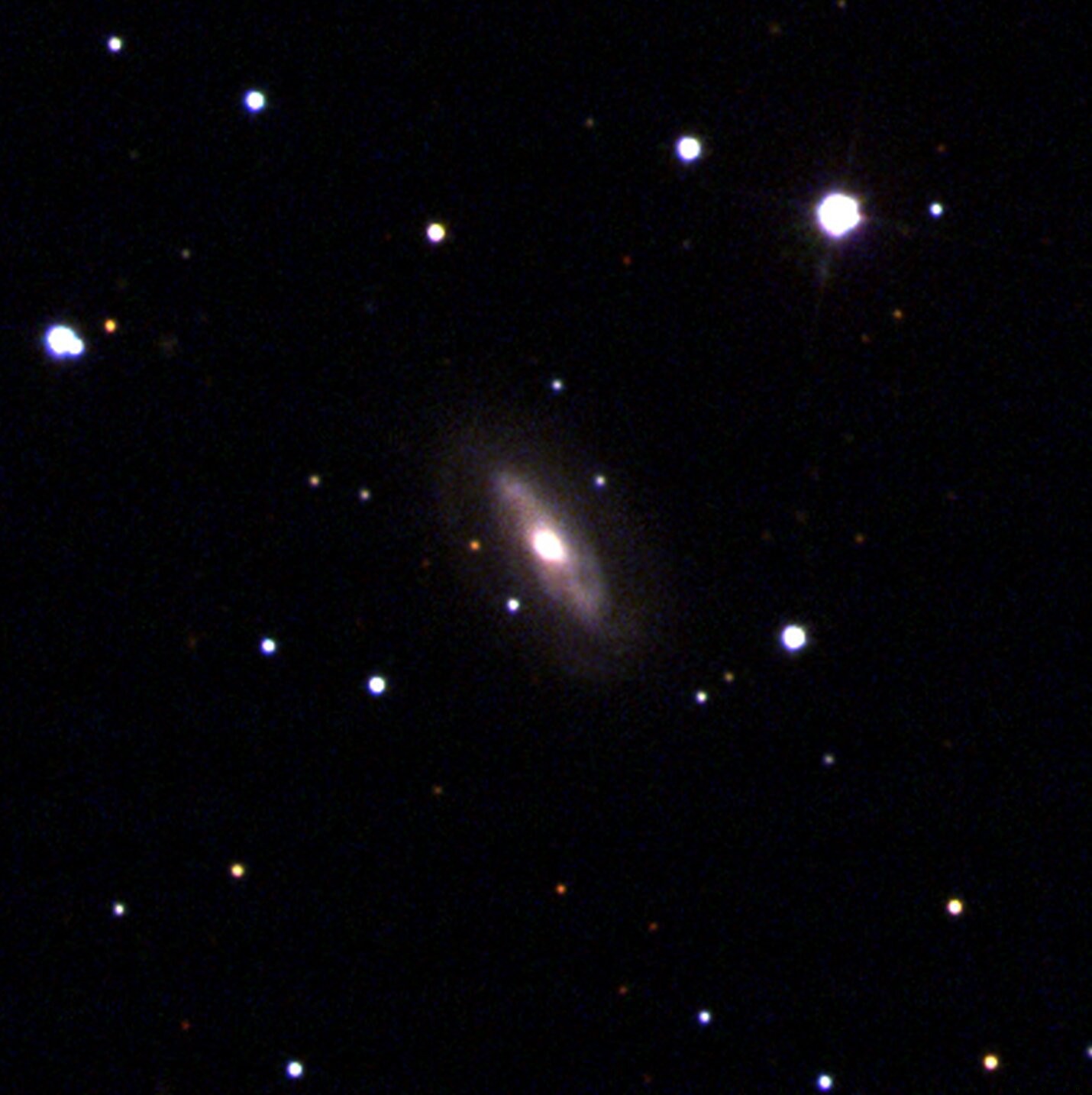Researchers from the Center for Astrophysics | Harvard &Smithsonian have spotted a moving supermassive black hole in its own galaxy. Details of the study are published in The Astrophysical Journal.
We know that almost every large galaxy harbors a supermassive black hole. Until now, we thought these cosmic ogres were relatively stationary, stationed at the center of their galaxy while everything else swirls around them.
"They are indeed so massive that it is difficult to move them", says Dominic Pesce, who led the study. “Consider how much harder it is to hit a moving bowling ball than to hit a soccer ball. Knowing that in this case, the "bowling ball" is several million times more massive than our Sun".
But is that still the case? Astronomers have long speculated that these objects could move through space. We now have proof of this with the discovery of a supermassive black hole that moves not only in the Universe, but also in its own galaxy .
In this study, Pesce and his team observed ten large galaxies for five years asking themselves the following question:are the speeds of black holes the same as the velocities of the galaxies in which they reside? If this is not the case, then it would mean that the black hole has been disturbed and is now in motion.
For this work, the team focused specifically on objects whose accretion disk contained water. As they circle a black hole, the H2O molecules produce a beam of laser-like radio light called a "maser." And when they are analyzed, these masers can then make it possible to measure very precisely the speed of a black hole.
At the end of their five years of monitoring, the astronomers then determined that nine of the ten black holes analyzed were at rest. However, one of them was on the move.
Located 230 million light-years from Earth, the object, whose mass is estimated at three million times that of the Sun, moves at more than 177,000 km/h at the center of a galaxy named J0437+2456.

For the time being, the reasons for this displacement are not known, but astronomers have their own idea. “We may be seeing the consequences of two supermassive black holes merging “, underlines Jim Condon, radio astronomer at the National Observatory of Radio Astronomy who participated in the study. "Such a merger could indeed have pushed back the object resulting from this union “.
Thus, at the time of these observations, astronomers could therefore have witnessed the aftermath of this violent "cosmic kick" before the black hole moved back into a more steady. However, further observations will be needed to identify the true cause of this unusual movement.